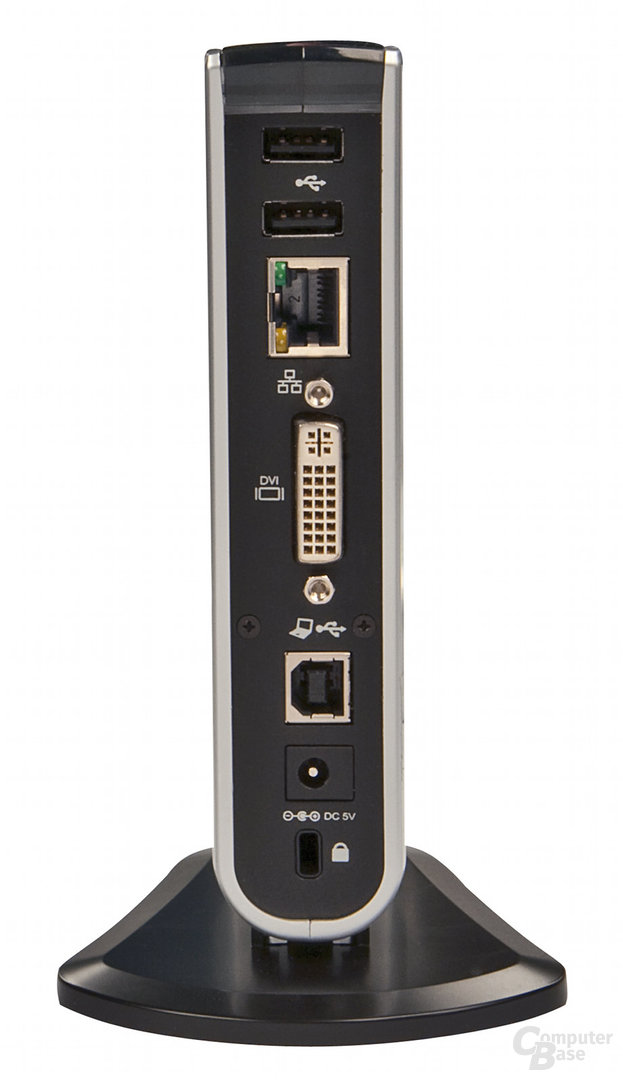Mac OS X 10.4 Tiger was released on April 29, 2005, went through 12 revisions, and wasn’t replaced until OS X 10.5 Leopard arrived on October 26, 2007 – two-and-a-half years later (almost 30 months to the day). Many consider Tiger a high point because of the wide range of hardware it supports and its length of time on the market, which we will probably never see matched with Apple moving toward an annual update cycle.
Apple’s official hardware requirements for Tiger are a G3 CPU, 256 MB of system memory, 3 GB of available hard drive space, an optical drive that supports DVDs, and a built-in FireWire port, although it can be run on the 350 MHz iMac, which does not have FireWire. We strongly recommend more than 256 MB of memory – at least 512 MB if your Mac supports it.
None - Apple's macOS Desktop. Unix for Mac OS X 10.4 Tiger - Visual QuickPro Guide by Matisse Enzer.chm.
Tiger would become the first version of OS X to support Intel Macs when they began to ship in January 2006. The PowerPC and Intel versions of Tiger were maintained in parallel, and you can’t boot a Mac from a version of Tiger made for the other hardware architecture.
It is possible to install Tiger on Macs without DVD-compatible optical drives. See Installing OS X 10.4 Tiger on DVD-Challenged Macs Using FireWire Target Disk Mode and Using FireWire Target Disk Mode to Install OS X on Macs without DVD Drives for details.
- Mac OS X 10.4 Tiger was released on April 29, 2005, went through 12 revisions, and wasn’t replaced until OS X 10.5 Leopard arrived on October 26, 2007 – two-and-a-half years later (almost 30 months to the day). Many consider Tiger a high point because of the wide range of hardware it supports and its length of time on the market, which we.
- Mac OS X 10.4 Tiger uses less memory than Leopard, supports Classic Mode on PowerPC Macs, and, unlike Leopard, is supported on G3 Macs, so there are good reasons to install or reinstall it on your.
The following Macs were supported in OS X 10.3 but not 10.4: beige Power Mac G3, tray-loading iMacs (which can run it via an unsupported installation), and the Lombard PowerBook G3 (which can also run it via an unsupported installation).
Tiger is immune to the “goto fail” bug discovered in early 2014.
Downloadable Updates for Mac OS X
Standalone Updates let you update to a newer version of Mac OS X from your hard drive instead of using Software Update, which requires an Internet connection. Download the one(s) you need and install them after mounting the disk image and launching the Installer program.
There are two types of Standalone Updates: Individual (or Delta) and Combo.
- Individual Updates update one version of Mac OS X to the next version. For example, the Mac OS X 10.2.4 Update updates Mac OS X 10.2.3 to version 10.2.4. Individual Updates are also known as Delta Updates.
- Combo Updates update the base version of a Mac OS X release to the version specified in the Combo Update, including all intermediate updates. For example, the Mac OS X 10.2.4 Combo Update updates any earlier version of Mac OS X 10.2 to Mac OS X 10.2.4 using a single installer, as opposed to installing the individual Mac OS X 10.2.1, 10.2.2, 10.2.3, and 10.2.4 updates.
Standalone Updates are generally available 24 to 48 hours after the Update is available through Software Update.
If you burn a Standalone Update to CD, its disk image must be copied to your desktop or another location on your Mac OS X startup disk in order to be installed.
About the Standalone Update tables
To access the page from which you download a Standalone Update, click the link in the Update column corresponding to the desired Update.
To review detailed information about the changes to Mac OS X included in a specific Update, click the link in the Description column corresponding to the desired Update. This will open the corresponding “About this Update” document. Note that not all Standalone Updates have a corresponding “About this Update” document. In such cases, the information about the changes incorporated in the Update is provided in the page from which the Update is downloaded.
Mac OS X v10.4 Tiger Updates
Mac OS X 10.4.1
Mac OS X 10.4.2
Mac OS X 10.4.3
Mac OS X 10.4.4
Mac OS X 10.4.5
Mac OS X 10.4.6
Mac OS X 10.4.7
Mac OS X 10.4.8
Mac OS X 10.4.9
Mac OS X 10.4.10
Mac OS X 10.4.11
iTunes and Mac OS X 10.4

- iTunes 9.1.1 is the last version of iTunes compatible with G3 Macs running Tiger.
- iTunes 9.2.1 is the last version of iTunes compatible with Tiger. It requires a G4 or newer CPU, and it won’t prevent you from installing version 9.2.1 on a G3 Mac.
Keywords: #osxtiger #macosxtiger
Download Mac Os X 10.4 Tiger For Intel X86.dmg
Short link: http://goo.gl/MB2TG4
Mac Os X 10.4 Tiger
searchword: osxtiger